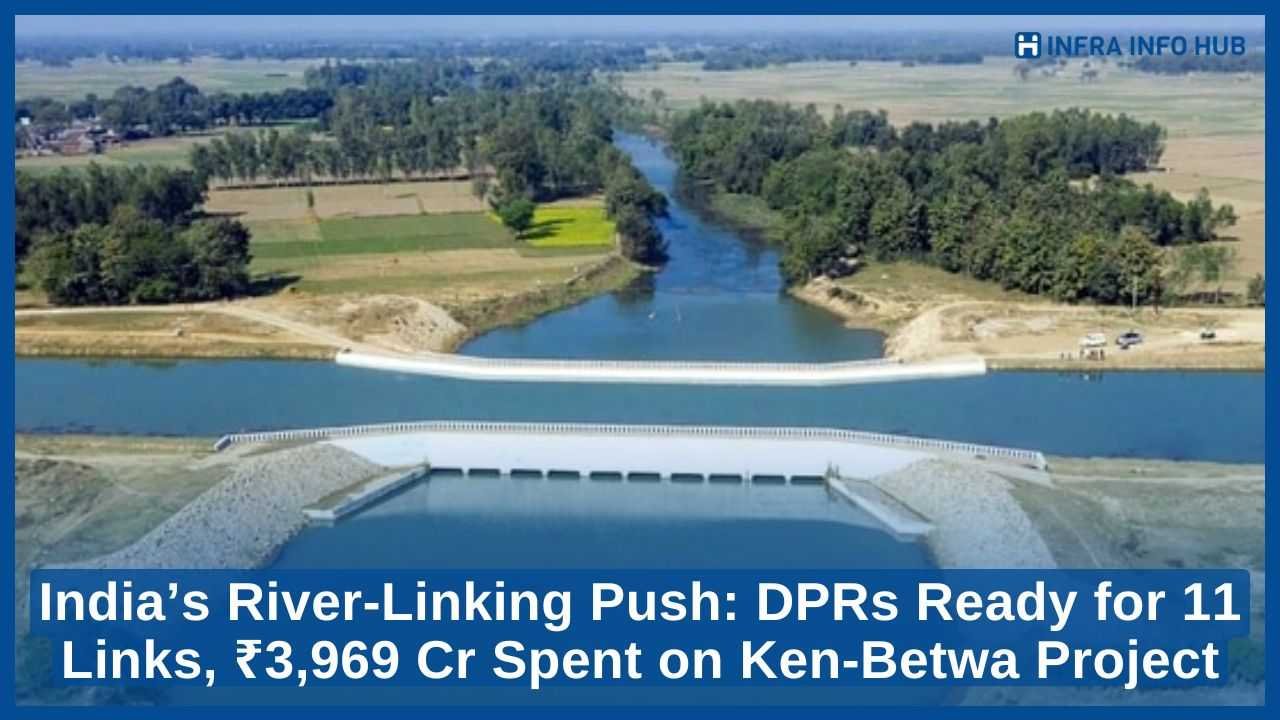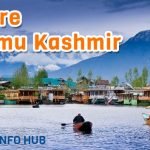The Ministry of Jal Shakti has told Parliament that Detailed Project Reports (DPRs) are now complete for 11 major river-linking projects under the National Perspective Plan (NPP). This large-scale plan aims to move water from areas with plenty of it to regions that face shortages across India.
These 11 projects have been carefully studied by the National Water Development Agency (NWDA) and are part of 30 planned river links in the NPP. The plan is split into 14 projects in the Himalayan region and 16 in the Peninsular region.
Out of all 30 projects, Pre-Feasibility Reports (PFRs) have been done for each one, Feasibility Reports (FRs) are complete for 26, and 11 have reached the DPR stage, which means they are ready for implementation.
Union Minister of State for Jal Shakti, Raj Bhushan Choudhary, explained in a written reply to the Rajya Sabha:
“The Government of India created the National Perspective Plan to link rivers and move water from surplus areas to those in need. The NWDA is in charge of carrying out these projects under the NPP.”
The minister added:
“There are 30 projects in total—14 under the Himalayan component and 16 under the Peninsular component.”
As of July 2025, all 30 projects have PFRs, 26 have FRs, and 11 have completed DPRs.
The projects with finished DPRs include:
- Alternate Godavari (Inchampalli)–Krishna (Nagarjunasagar)
- Godavari (Inchampalli/SSMPP)–Krishna (Pulichintala)
- Alternate Krishna (Nagarjunasagar)–Pennar (Somasila)
- Alternate Pennar (Somasila)–Cauvery (Grand Anicut)
- Cauvery (Kattalai)–Vaigai–Gundar
- Damanganga–Pinjal
- Par–Tapi–Narmada
- Bedti–Varda
- Ken–Betwa, which is the only project now under actual construction.
The Ken–Betwa Link Project, which connects rivers in Madhya Pradesh and Uttar Pradesh, has already spent ₹3,969.79 crore out of its total budget of ₹4,469.41 crore in the last three years. The project will require cutting down over 17,000 trees and will affect more than 7,000 families. State governments are handling rehabilitation under the 2013 Land Acquisition and Rehabilitation Act.
While the project is seen as a major step toward solving India’s water distribution challenges, it also brings environmental concerns and social impacts that will need careful management.









